My favorite quote is by Orson Welles; “If you want a happy ending, it depends on where you stop the story”. No doubt he was giving this advice to other filmmakers and storytellers, but I remind myself daily that it has tremendous influence on how I want to I live my life and that has helped form my personal story or my legacy. It can be easy to understand the philosophy behind that quote, but much Happy more difficult to apply. But, it has enabled me (to paraphrase my good friend Sky’s film title) to live a life well lived.
I’ve been doing a lot of thinking these days because I’ve been holed up for a month like the rest of us. That can be a good thing and a bad thing, but in my case it has been beneficial. It’s made me hit a big “pause button” and I think that was the universe giving me a message that was probably there all the time, but I wasn’t listening. As John Lennon wrote, “life is what’s happening while you’re busy making other plans”.
At the time that most of my “neighbors” in NYC and NJ and beyond went into quarantine, I had already been in self-isolation for two months editing my latest feature documentary Like A Woman – a film about women who are working in male-dominated professions – because it was a topic I knew quite well.  For the majority of my career, I have been the only woman at the table. So, I wanted to use my storytelling skills to create awareness and make the change that I wanted to happen. As spring was right around the corner in NJ and I was ready to release my film – the world changed, not just for me for everyone and it is forever changed. It sucks, but it wasn’t the first time in my life that I had to switch gears and it has never been easy for me in my profession, because I a woman I had to try harder.
For the majority of my career, I have been the only woman at the table. So, I wanted to use my storytelling skills to create awareness and make the change that I wanted to happen. As spring was right around the corner in NJ and I was ready to release my film – the world changed, not just for me for everyone and it is forever changed. It sucks, but it wasn’t the first time in my life that I had to switch gears and it has never been easy for me in my profession, because I a woman I had to try harder.
Anyone who knows me, knows I’m not the easiest person to know but I’d like to think I’m worth it. I’m a glass half full (at least) kind of person. I have to believe in possibilities to be able to survive. I have to have hope and something to look forward to. With that said, after procrastinating for two weeks and really doing absolutely nothing, I made a list this morning of things I CAN do. Here are a few things I wrote down:
Like A Woman – I hope to hire a musical composer to create a score for the film. It will make it more powerful and have more impact. More importantly, I have decided not to proceed with entering the film into film festivals. It’s just bad timing and maybe that’s a blessing in disguise. Thanks to Travis Keyes and Katrin Eisman for their encouragement and that was desperately needed. I always thrive on encouragement but I can honestly say, I really need it now. They reminded me that “content” was golden these days and it’s being consumed like never before. So, I will let go of the film festivals because I sense that’s not the approach I need to take. Instead, I will pursue offering screenings (for a fee) for conferences centered on women and young girls. No doubt these conferences will be virtual for a while and I am able to stream the film and even set up a virtual Q&A via platforms like Zoom. And the film will actually have the ability to reach more people. I suppose one could say that I put my ego aside, that is customarily stroked with the film festivals and have put my emphasis on getting the film “out there” to inspire women and girls who need a lot of inspiration these days. And the stories of the amazing women who are in my film will surely inspire, which is the ultimately goal of this film.
And the film will have the ability to reach more people. As far as marketing this new film to the conference planners, I am extremely fortunate to have some  prestigious credentials with my last film Opening Our Eyes.If, you’d like to see the full film, you can see it here.
prestigious credentials with my last film Opening Our Eyes.If, you’d like to see the full film, you can see it here.
There is one film festival that I will still pursue to get in
to and that is the Santa Barbara Film Festival that hopefully will take place in January 2021. I will always have a close connection to Santa Barbara because that’s where it all started for me, at least as far as my career. After a yearlong backpacking odyssey around the world, I drove to Santa Barbara from New Jersey and attended Brooks Institute. As one of six women in a school of 600 at the time, it was my first experience in a male-dominated environment. It’s where I met my husband, Tom Kelly. And it’s where some of my best memories were made and I’ve have been blessed with decades of unbelievable memories and experiences since then. My years in Santa Barbara were my foundation.
Conteur Productions – I started this side business a long time ago. It was my first venture into the retail world. We shoot family story movies. We capture one’s family stories through interviews with their loved ones, while they are still here to tell those stories. We then scan their priceless family photos
 School children – 1930’s
School children – 1930’sand digital their old family movies and/or videos, along with newspaper clippings and other documented mementos and make a “Ken Burns” type film to preserve those memories for future generations. It all began when my mother passed away and I realized that I would never hear those family stories that she told around the dinner table and her infectious giggle as she told them. It also led to me discovering a part of the family I never knew about – but that’s a story for another time.
and I realized that I would never hear those family stories that she told around the dinner table and her infectious giggle as she told them. It also led to me discovering a part of the family I never knew about – but that’s a story for another time.
This pandemic has also made me realize that when things get back to a new semblance of normal, there will be a real desire for this service. But, it will also be different. I will probably do more remote interviews via Skype or Zoom, rather than get on a plane and have face-to-face interviews with people wearing masks. I know that I can get a more professional product with a well lit and professionally shot interview with good audio. But, I also know that we have all gotten used to a new aesthetic with Zoom conferences and news reporters broadcasting from their home studios.
I know this blog is long but I want to thank everyone who has always believed in me, the ones who give me a call when I seem to need it most and my real friends and FB friends who have helped to fill this current void in my life and to Tony Bennett for his beautiful song Smile which has helped me through some dark days. I want to leave you with some wise words from my 93 year old Aunt and I hope it helps you as much as it has helped me.
- Q: You lost a child when she was 27 years old to cancer. What advice do you have for parents who have lost a child? (I will include all the people who have lost their loved ones during this Pandemic)
Let the tears flow, let it all out. Feel all the pain. I cried for four years straight. I cried for her son who wouldn’t have his mother. Before that, I never felt old in my life. But I felt old when Patty died. I was 52 when that happened.
- Q: You raised seven children and they all get along, how did you accomplish that?
We traveled from base to base and they got along because they needed each other. I also kept family traditions. We ate every breakfast and every dinner together. We accepted each other for who we were that day. And whatever you earned, that was yours. I let them fight. That’s where you’re supposed to fight – with your family. That’s where you learn to adjust to the real world. I never killed their curiosity. Kids want to come to you – not the other way around. No one is short on love.
- Q: Last words?
What women can’t do physically, we can figure out mentally. Most difficulties aren’t catastrophes.
Here’s a snippet of my family and where I come from and I’m so very lucky.
Hang in there everybody and stay on the side of the glass half full.

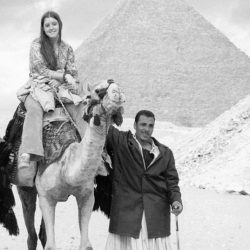

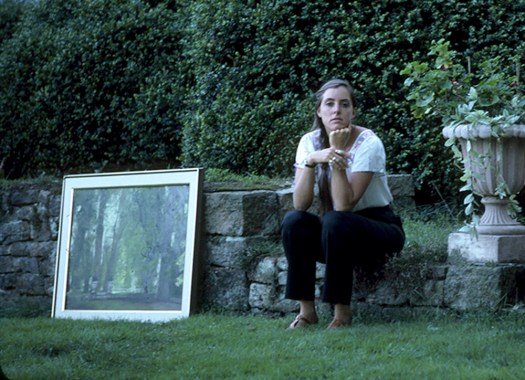


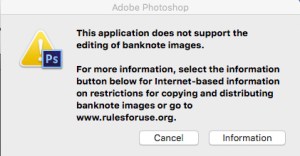



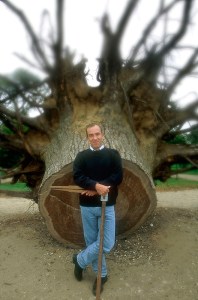
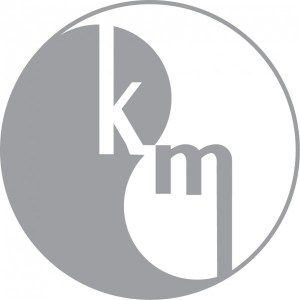
 It was exhilarating and alive with sexual energy capturing the primal spirit of the people. I knew immediately that I wanted to photograph him with the barren environment of the island in the background.
It was exhilarating and alive with sexual energy capturing the primal spirit of the people. I knew immediately that I wanted to photograph him with the barren environment of the island in the background.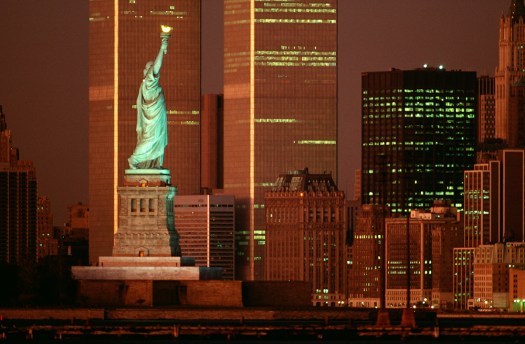

 But speaking of gaming, check out
But speaking of gaming, check out  a million times.
a million times.